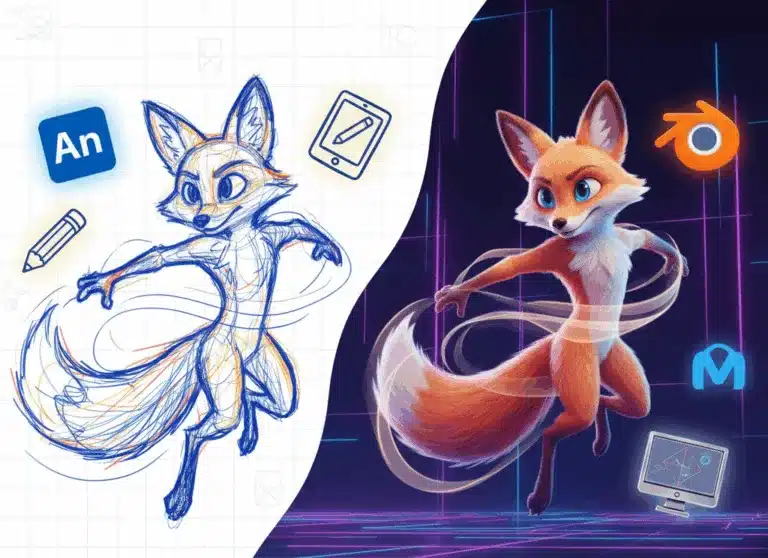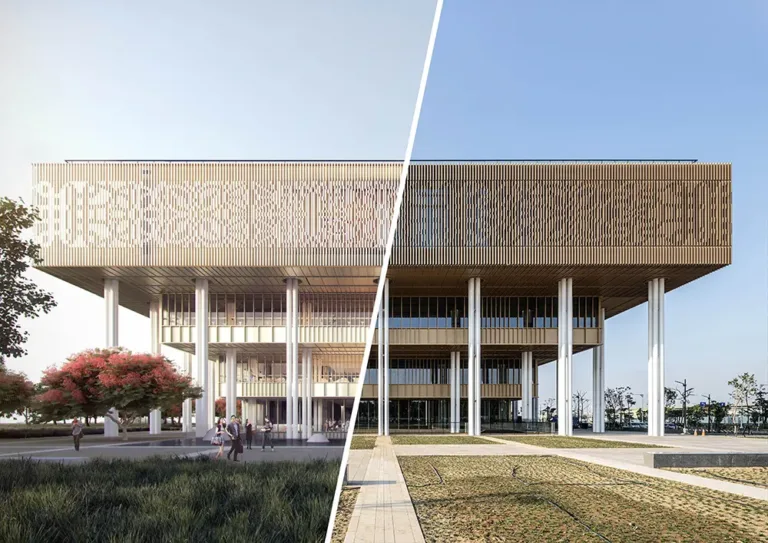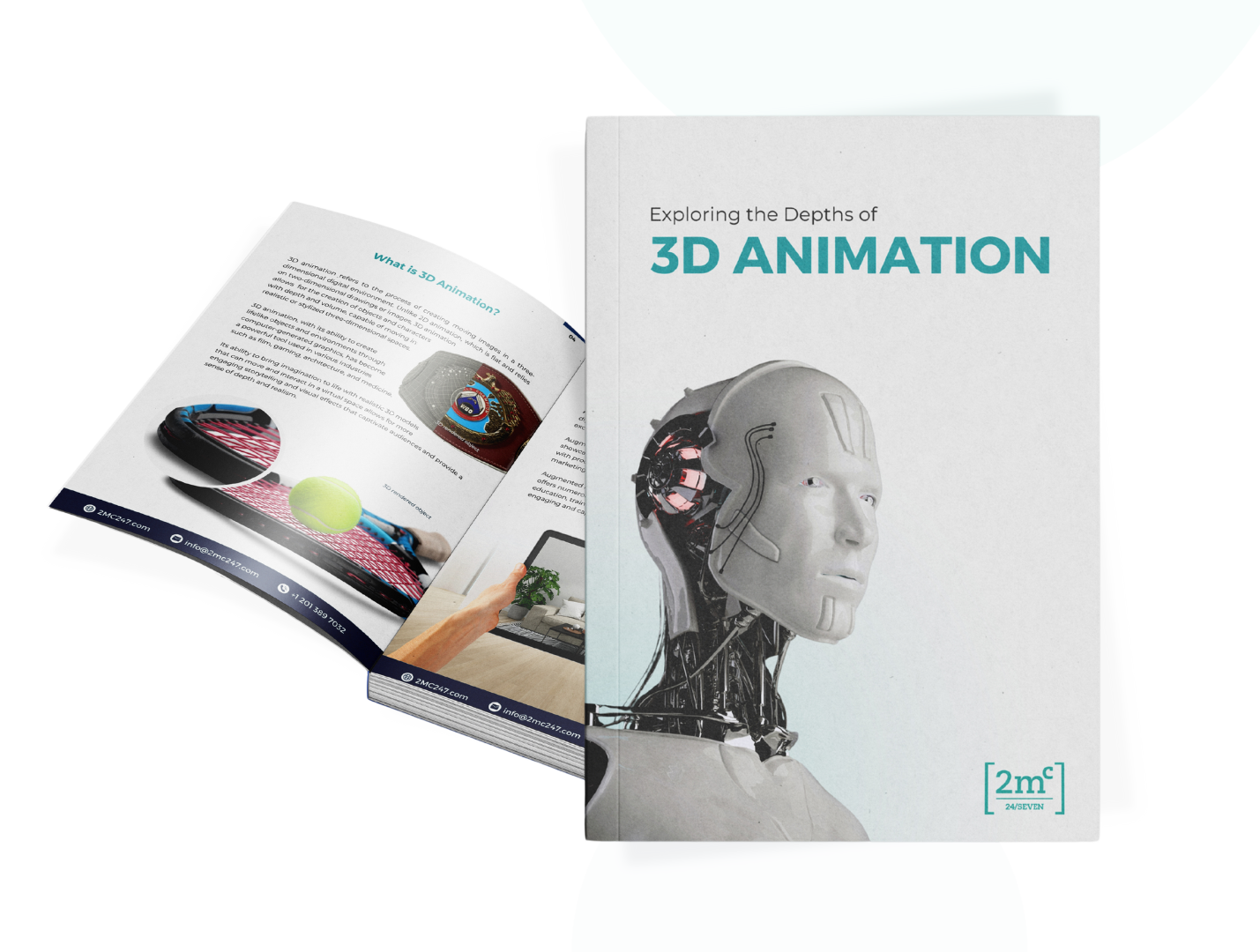2024 was a turning point for the 3D rendering industry, and 2025 is set to raise the bar even higher.
At 2MC 24/Seven, we work with brands across the globe to elevate their marketing and visualization efforts through advanced 3D rendering solutions. Based on our industry experience and the evolving trends we’re seeing, here are five key predictions shaping the future of 3D rendering in 2025 and beyond.
1. Authenticity Over Aesthetic Overload

The influx of AI-generated content has created a wave of overly stylized, often soulless visuals across platforms. In contrast, we’re seeing a strong return to authenticity. Audiences are gravitating toward brands that feel grounded, real, and human.
Well-crafted 3D renders offer the perfect balance—they’re visually stunning, yet rooted in realism. Unlike generic AI imagery, high-quality renders from experienced artists convey trust, legacy, and emotional depth.
At 2MC 24/Seven, we’ve seen authentic storytelling through rendering resonate deeply—especially when it involves heritage vehicles or timeless product designs. In 2025, realness will win over perfection.
2. AI Finds Its Place

The rapid growth of generative AI in 2023 and 2024 created a mix of enthusiasm and concern. Would AI replace the role of 3D artists? As we enter 2025, the answer is much clearer: AI is here to support—not replace—creativity.
At 2MC 24/Seven, we’ve seen AI used successfully for ideation, quick prototyping, metadata tagging, and workflow acceleration. AI can assist with creating base assets like HDRi maps or placeholder visuals, but final creative decisions still require a human touch.
New tools such as AI-powered video generators and image-to-video applications will streamline concept development, giving artists more freedom to focus on execution and quality. In short, AI will serve as a creative partner, not a threat.
3. More Brands Will Embrace 3D

The impact of 3D content on sales and engagement is undeniable. Brands that have added 3D elements to their ecommerce experience report higher conversion rates, fewer product returns, and improved overall customer satisfaction.
Thanks to emerging technologies like WebGPU, delivering high-quality 3D experiences in browsers is becoming easier and more seamless. As a result, more brands—not just in automotive or architecture—are jumping into 3D. We’re now seeing interactive configurators used in industries like fashion, jewelry, and consumer tech.
At 2MC 24/Seven, we believe that in 2025, 3D content will no longer be a luxury—it will be a necessity for any brand that wants to compete in a digital-first market.
4. Personalization Takes Center Stage

The days of one-size-fits-all marketing visuals are over. Today’s consumers expect content that’s personalized—tailored to their geography, lifestyle, culture, and even device.
In 2025, personalization won’t just be a competitive edge; it will be essential. We’re seeing a growing demand for localized, customized 3D content that speaks directly to specific audiences. For example, our global HDRi Maps of cities like Dubai, Paris, and various regions in China have seen a significant increase in use—indicating that brands are tailoring their 3D campaigns by location and cultural context.
Personalized 3D content will become a vital part of the customer journey, making visuals more engaging and more relevant than ever before.
Looking Ahead
3D rendering is evolving fast, blending with AI, immersive technologies, and new consumer expectations. At 2MC 24/Seven, we’re helping our clients stay ahead by combining experience, technology, and creativity.
Whether you’re showcasing a new product line or looking to future-proof your brand’s visuals, now is the time to embrace the next wave of 3D rendering innovation.





